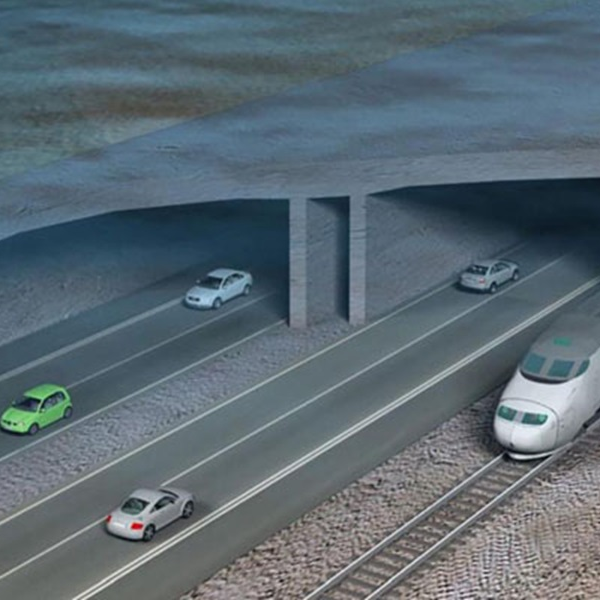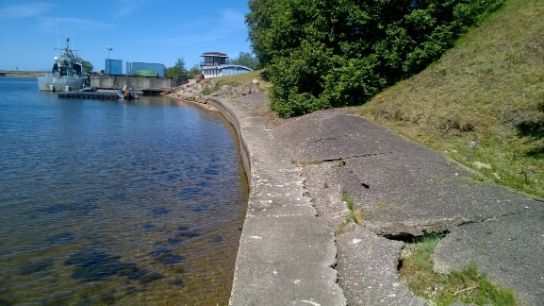Fehmarn Belt Tunnel Link
World's longest immersed tunnel
Weather Influences do not affect the production process

World's longest immersed tunnel
Weather Influences do not affect the production process
Since 2009 Witteveen+Bos has been involved via Tunnel Engineering Consultants (TEC) in the design of the Fehmarn Belt Fixed Link, the longest immersed tunnel in the world. This 18.5 km-long tunnel is intended as a future road and rail link between the islands of Fehmarn (Puttgarden, Germany) and Lolland (Rødbyhavn, Denmark). The link will greatly improve mobility between the European mainland and the Scandinavian countries, which will benefit the economic climate in all the countries involved.
The tunnel is three times longer than the longest immersed tunnel currently in use – the Transbay Tube in San Francisco – and will be situated 45 metres below surface level.
In 2011 the proposal for an immersed tunnel was chosen as the best option for this link. The Femern A/S organisation was set up to plan, finance and realise its construction. Supporting Femern A/S is a design team comprising a joint venture between Ramboll, Arup and TEC (itself a collaboration between Witteveen+Bos and RHDHV). This team provided the reference design and is now involved as an adviser to Femern A/S during the construction phase. Witteveen+Bos’s aim is to help construct a state-of-the-art immersed tunnel that in terms of construction, operation and maintenance will be able to withstand a period of 120 years.
Unique production process
One of the tunnel design’s strongest elements is its construction in segments. Factory halls are being built alongside the construction dock for producing the tunnel segments. By negating the influence of weather, a climate is created which is both pleasant for the workers and conducive to producing high-quality concrete. Rebar cages are prefabricated in one of the halls and then hoisted into the engineered formwork system. After the concrete has been poured, large hydraulic jacks push the tunnel segment out of the formwork. A tunnel element is ready once nine segments have been produced, at which point the element is pushed out of the factory hall. It is moved to the adjoining dock, which is then submerged. The element is then put to sea. As well as excluding weather influences, organising production in this way makes it independent of the immersion process (and vice versa).
Process
The immersion process is set up independently of the production process, which gives unprecedented flexibility in this complex infrastructural project

More information?

Our projects
Every year we work on almost 5,000 projects on water, infrastructure, environment and construction.
